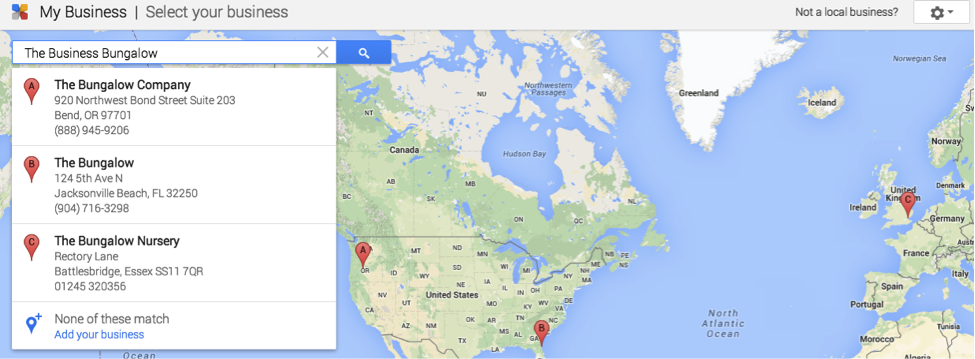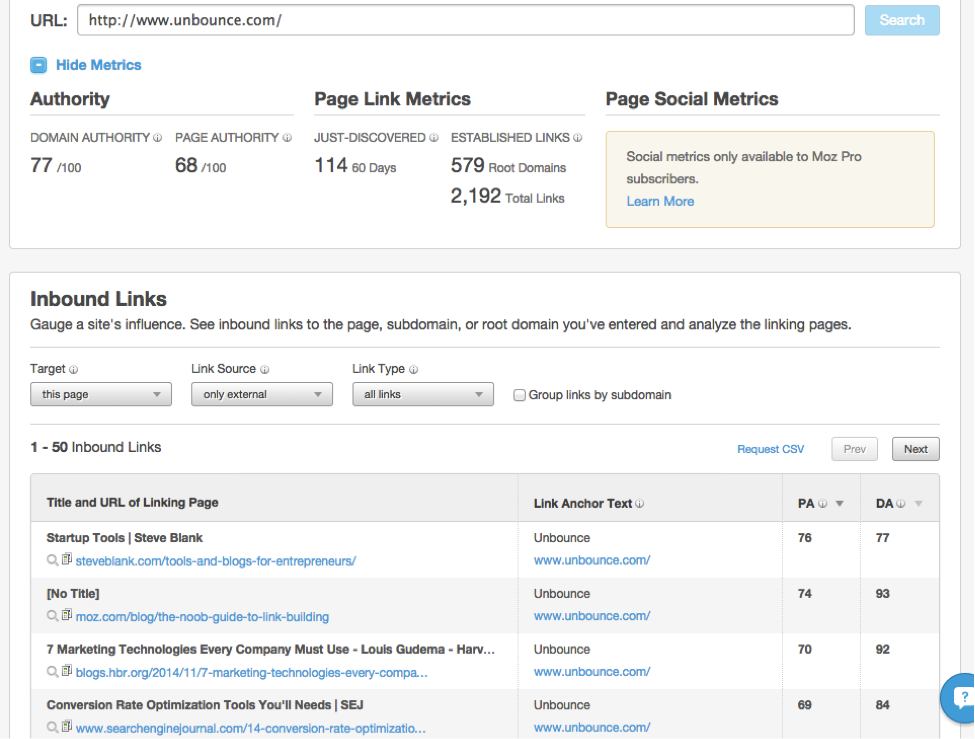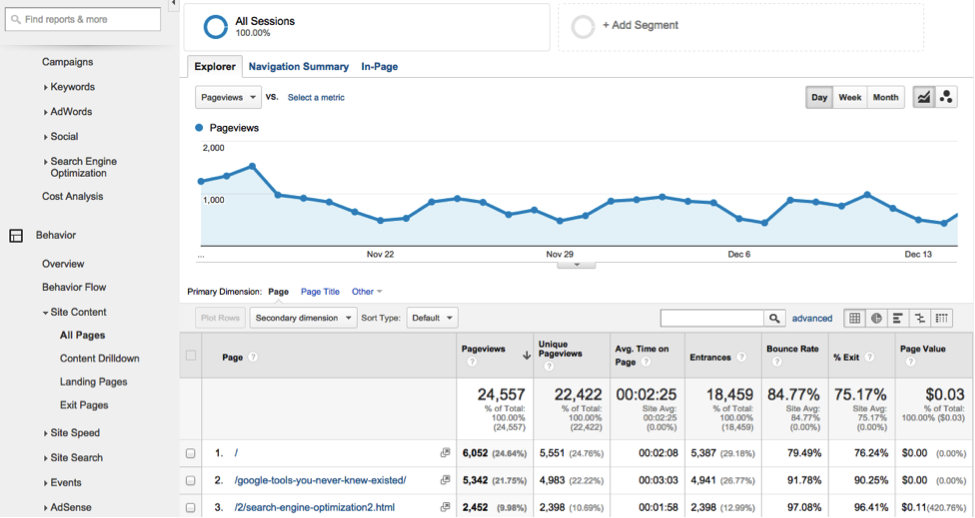When it comes to SEO, you might have a lot of excuses about resources, putting something else first, or not having the right people in the right places just yet, but these excuses don’t work for everything SEO-related. The cool thing about SEO is that you can create a solid online presence with a very little amount of work. In the future you will need a little bit more to really outrank the competition and maintain your good practices, but initially, all it takes is just a few quick minutes to get something basic started.
SEO Tips That Take 20 Minutes or Less
I first thought of this idea from reading an article by Vizion Interactive’s Josh McCoy who gave quick SEO tips, so I grabbed a few of his and modified them and then added several more tasks of my own that can be done quickly and will make a different in your SEO:
-
Check that your local profiles have been claimed and your NAP information is correct and consistent.
All you have to do here is sign into your local accounts for Google, Yahoo, Bing, and Yelp, and then check to make sure all of your contact information is up to date. If you aren’t sure if you have a local account yet, you can visit those links and claim your profile. This will give you control and make sure that you are in charge of adding details about your company (if you profile hasn’t been claimed, anyone can modify your information). Below is a screenshot of what it looks like when you type your business into Google and look for matches:
Local citations, or mentions of your company online without a link, are also incredibly important for local SEO. Consistency of your NAP (name, address, phone number) information is a small ranking factor for Google, and it’s no secret that local search is becoming the norm as mobile phones increase in usage for consumers, so this is a quick fix. Setup a Google Alert for your company and do searches for your company name and any variation of your company name (Ex: SEOAgency vs. SEO-Agency vs. SEO Agency).
-
See which pages are most frequently linked, and then promote those pages again.
This is a very quick task that you can do by using a tool such as Open Site Explorer to take a look at all of the links you have pointing back to your pages. By looking at the pages that earned the most links over the last year, you will know where to focus your energy. You might want to promote that article again on your social media accounts, re-write a similar topic to publish on your blog and then link back to those pages, or even discover that these pages have broken links that need to be fixed.
You may also find that one or more of your very popular pages now displays a 404 code or needs a permanent redirection. If this is the case you could be missing out on a lot of great natural link opportunities, so the sooner you can find this problem and fix it, the better.
-
Take a look at your Google Analytics Content Reports to identify your top-performing pages in terms of CTR and Time on Site.
This point actually goes along with the last point in terms of knowing which pages you should focus your attention. Finding your top-performing pages will allow you to make sure everything is running smoothly—no broken links, no 404 error, no poor load time, etc.—and promote and link back to more often. This is a great SEO tactic that sometimes flies under the radar, but the more you can get your popular content out there, the more visibility and natural links will come your way.
-
Check your page speed load times, and then fix them.
It takes no more than two minutes to check your page speed load times and no more than 15 to fix the problems. According to Aberdeen Group research, every 1-second delay in page load decreases customer satisfaction by 16 percent, page views by 11 percent, and conversion rates by 7 percent. In other words, this is an important SEO step to keep checking time and time again. You can use the PageSpeed Insights tool from Google to see how your pages fair.
If you do need to improve your load time, you can simply click on the “show how to fix” next to each issue that the tool mentioned about your website. In general, the problem is going to be optimizing images or getting rid of JavaScript, which again will only take a short amount of time to fix. I recommend checking out this article to learn more.
-
Track down any duplicate content issues.
Oftentimes companies will forget this step because they know that they are only writing original content; however this doesn’t mean that you aren’t duplicating the content yourself unknowingly. In other words, it’s common that sites have pages with both “www” and with the “www” displaying content for the search engine bots. This means that there are two different versions of the same content, which Google doesn’t like to see. You can learn more about checking the canonicalization of your domain here.
Do you know of any other SEO tasks that you can complete in less than 20 minutes? Let us know and tell us your story in the comments.




